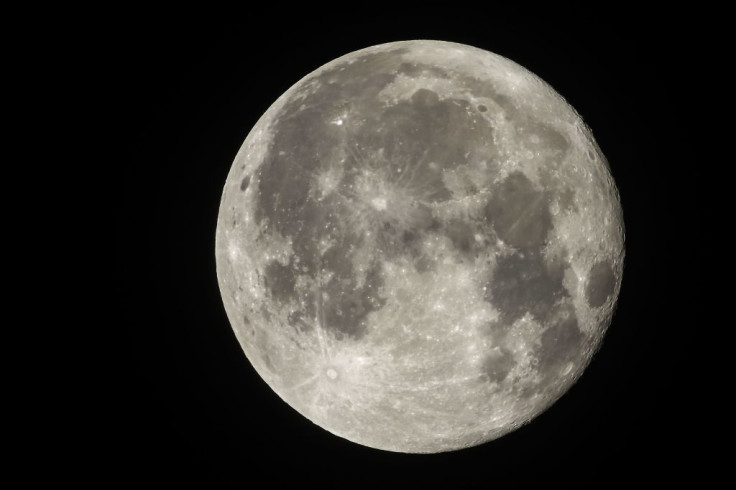Pink Moon: Skywatchers Get Ready For A Full Moon Weekend
KEY POINTS
- The full Pink Moon will reach peak illumination Saturday
- It is also known by other names like the 'Moon When the Ducks Come Back'
- Skywatchers may also look out for other celestial bodies while watching the full moon
The April full moon has something rather special for skywatchers. The full Pink Moon will brighten the skies for a full moon weekend.
This month's full moon will reach peak illumination at 2:57 p.m. Saturday, but it will appear full for about three days starting Friday morning until early Monday morning. According to NASA, this means that April will have a full moon weekend, giving skywatchers a lot of time to enjoy the sight of our satellite.
Just like all the other full moons, this one also comes with many names including the ones used by the Old Farmer's Almanac. One of them is "Pink Moon," although it doesn't mean the moon will have a pink hue. Instead, it is derived from the "moss pink" (Phlox subulata) wildflower native to eastern North America, which is said to be among the earliest flowers in springtime.
As the first full moon of spring, it also has other names that are related to the season, including the Algonquin "Breaking Ice Moon," the Tlingit "Budding Moon of Plants and Shrubs" and the Dakota "Moon When the Streams Are Again Navigable." Other names also pertain to the reappearance of animals in the season, such as the Cree "Frog Moon" and the Lakota "Moon When the Ducks Come Back," the Old Farmer's Almanac noted.
Skywatchers may also want to peek at some other celestial bodies while enjoying the site of our satellite on the evening of the full moon. For instance, the bright star Spica will be approximately nine degrees on the upper right side of the moon. The planet Mercury will be just two degrees over the horizon, while the brightest star in the night sky, Sirius, will be 24 degrees above the southwestern horizon, according to NASA.
As always, darker skies make for the best stargazing spots. Locations that are farther from city lights may help one see more stars because it's farther away from light pollution. This image from the International Dark-Sky Association may help skywatchers see just how different the skies are from an inner city to a suburban area and an excellent site with dark skies.

© Copyright IBTimes 2024. All rights reserved.






















